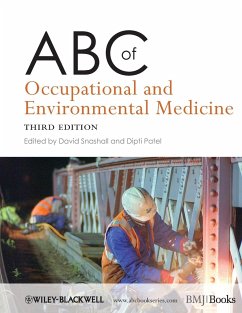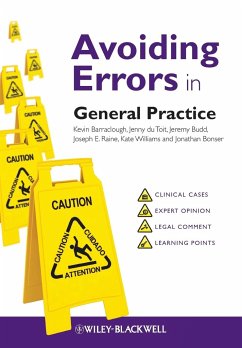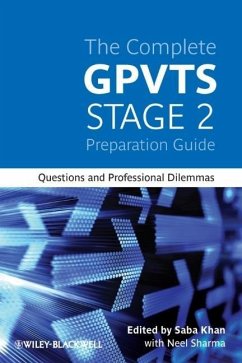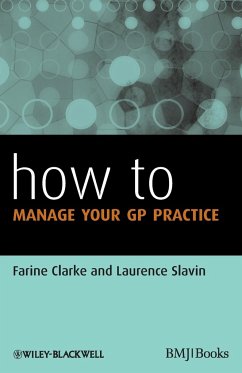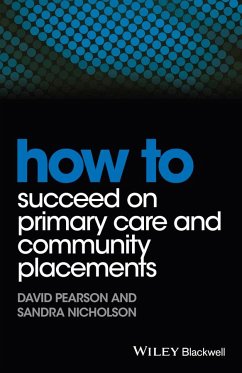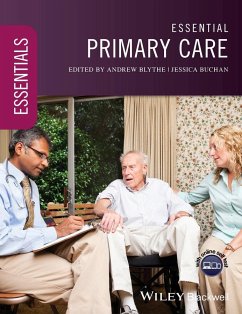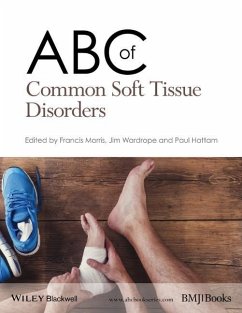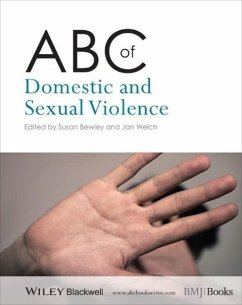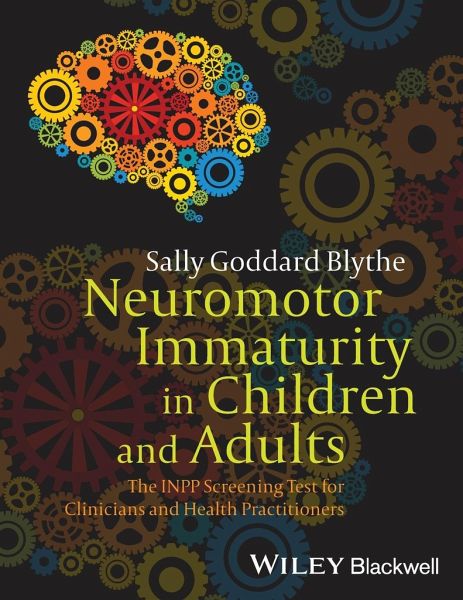
Neuromotor Immaturity in Children and Adults
The Inpp Screening Test for Clinicians and Health Practitioners
Versandkostenfrei!
Versandfertig in 2-4 Wochen
88,99 €
inkl. MwSt.
Weitere Ausgaben:

PAYBACK Punkte
44 °P sammeln!
Available to healthcare professionals for the first time, this book contains proven screening tests to measure neuromotor immaturity in children and adults in order to provide a basis for referral and help.Allows practitioners to screen for disorders of movement that can negatively affect educational performance and emotional function in children and adolescentsAssesses instances where disorders of movement in adults are affecting thoughts and behavior, as in panic disorderProvides a novel approach for health care professionals observing aberrant reflexes in the absence of more serious patholo...
Available to healthcare professionals for the first time, this book contains proven screening tests to measure neuromotor immaturity in children and adults in order to provide a basis for referral and help.
Allows practitioners to screen for disorders of movement that can negatively affect educational performance and emotional function in children and adolescents
Assesses instances where disorders of movement in adults are affecting thoughts and behavior, as in panic disorder
Provides a novel approach for health care professionals observing aberrant reflexes in the absence of more serious pathology
Includes reproducible scoring and observation sheets for practice and serves as the perfect complement to Assessing Neuromotor Readiness for Learning
Allows practitioners to screen for disorders of movement that can negatively affect educational performance and emotional function in children and adolescents
Assesses instances where disorders of movement in adults are affecting thoughts and behavior, as in panic disorder
Provides a novel approach for health care professionals observing aberrant reflexes in the absence of more serious pathology
Includes reproducible scoring and observation sheets for practice and serves as the perfect complement to Assessing Neuromotor Readiness for Learning




